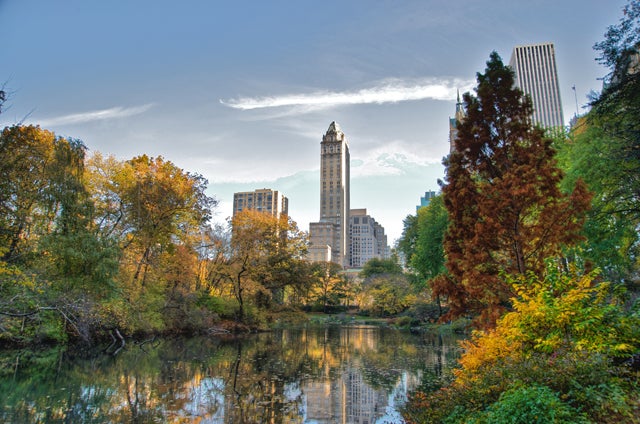I am an unabashed city kid. I grew up in Washington, D.C., where urban parks—no matter how small—were my nature. That is why my column is called “Urban Conservationist.” It sounds like an oxymoron: Urban centers are beyond conservation, right? Wrong. Urban conservationists are exactly what the world needs. Lots of urban conservationists. Billions of urban conservationists.
When I began working for The Nature Conservancy after graduate school, I had the opportunity to see some wondrous places through my work—the Amazon rainforest, the high peaks of the Andes, the grasslands of the Mongolian steppe, the reefs of the Caribbean and the majestic forests and prairies of the Rocky Mountain West.
But now I am living in New York City and I am, once again, a city kid. And as a conservationists, I couldn’t be more thrilled.
I believe cities are civilization’s greatest invention to address the conservation challenges of our time. Scientists project that global population will reach nine, perhaps 10 billion people this century. Two thirds to three quarters of the world’s population will live in cities. That means that by 2100 there will be nearly as many people living in cities as there are people on Earth today.
Cities are where we are most innovative, most diverse, most egalitarian. In cities our children get better educations, and out communities live more sustainably. Cities have the most efficient energy and transportation systems, smaller carbon footprints, more expansive recycling programs, and the opportunity—nay the imperative—to provide clean air and clean water for billions of people.
And our cities have nature. New York City has more kinds of plants and animals than Yellowstone National Park. While Yellowstone may have bison, wolves, elk and grizzlies, New York City has humpback whales, sharks, seals, world-class migratory bird sites, species found nowhere else, and the fastest animal on earth—the peregrine falcon.
Urban conservation is about harnessing the potential of our greatest invention, the modern city, and using it to connect urban people to nature. That might mean wild nature, rural nature, or suburban nature, but it can and should also mean urban nature. There is nature right here in our backyards and our parks; even the green strips running down big avenues like Broadway contain natural value. By harnessing this potential we connect people to nature—and nature to people. In doing so, we will conserve the lands and water on which all life depends.
The Nature Conservancy has been around for more than 60 years, working in places like the Amazon, the Coral Triangle and the Adirondacks. We’ve intentionally steered clear of cities. That won’t work for us anymore. It’s time we became urban conservationists. It’s time we all became urban conservationists.
This column was originally published in magazine.


